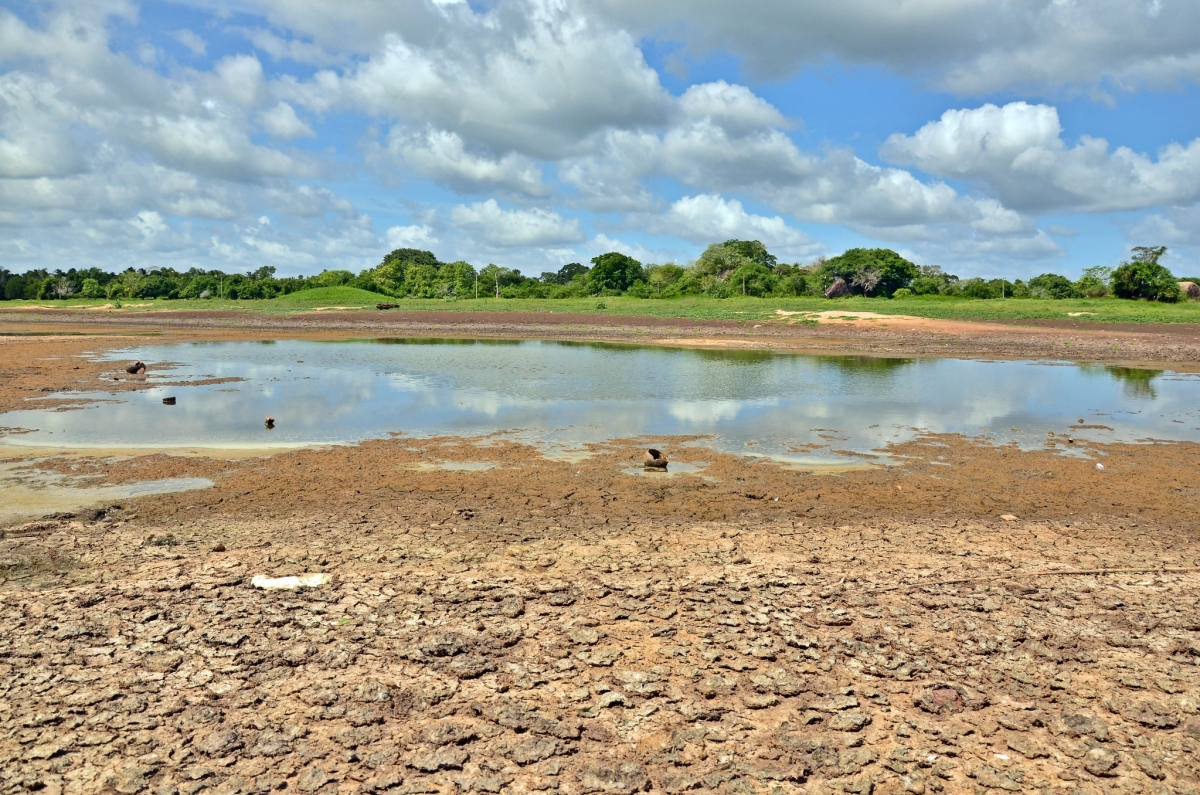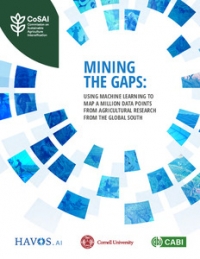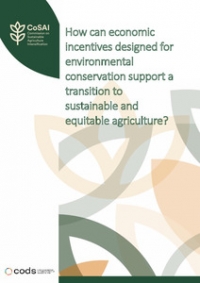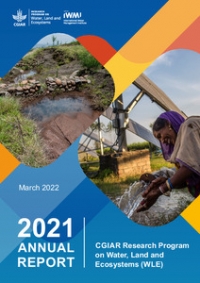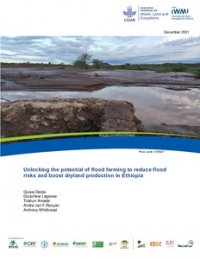When drought starts to set in somewhere in South Asia or Africa, there is no time to lose. Access to real-time information on impending drought means that governments and farmers can take timely steps to prepare and put risk management plans into action. Such access has been achieved by the pioneering South Asia Drought Monitoring System (SADMS), a practical drought monitoring service that uses satellite-based methods to create maps showing healthy vegetation and areas of creeping dryness.
SADMS was created by the International Water Management Institute (IWMI) with support from the CGIAR Research Program on Water, Land and Ecosystems (WLE); Japan's Ministry of Agriculture, Forestry and Fisheries; the Indian Council of Agricultural Research; and the CGIAR Research Program on Climate Change, Agriculture and Food Security. The tool has given crucial information to the right people at the right time, facilitating provision of real-time advice to farmers.
Using SADMS, authorities in Sri Lanka and India have been able to target rapid relief to drought-affected areas as soon as they receive a warning. The system helps identify drought-prone areas in time to develop real-time contingency plans. These included providing drought-tolerant seed varieties, preparing rainwater harvesting and spraying potassium nitrate to alleviate drought stress on crops. Farmers in SADMS-response areas have significantly higher yields and financial returns than in other dry areas.
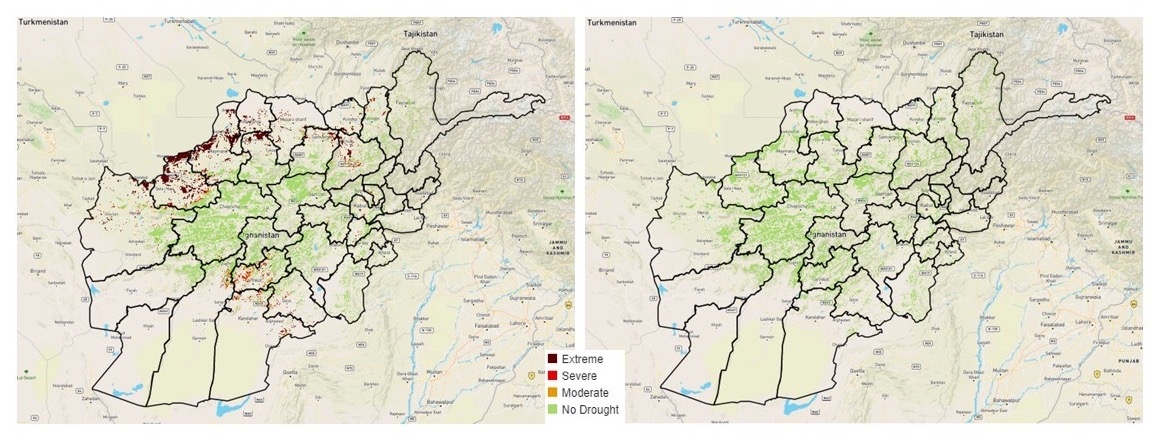

From 2020, drought-prone regions in Afghanistan, India, Nepal and Sri Lanka have had access to the system. Dynamic digital agricultural contingency plans have been launched at district level in India. In Afghanistan, WLE/IWMI and the World Bank developed a drought response and declaration process. SADMS has been widely celebrated, and among other accolades it won the Geospatial World Excellence Award in 2020.
Following the success of SADMS in Asia, the idea has extended to Africa. The Next Generation Drought Index Project, in collaboration with the World Bank and others, will facilitate speedy drought compensation payments in African countries. IWMI has also been working with the World Bank on the Drought Early Warning, Finance and Action Project to develop drought-risk profiles for 16 Southern African countries. Further work has helped prepare sub-national drought risk assessments, and in Zambia, to increase agricultural research and extension providers' access to these technologies and decision-making tools.
